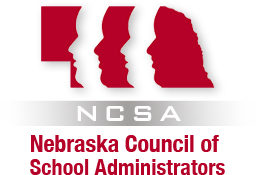Dr. Jeffrey Kerns
The purpose of this study is to contribute to the body of literature that identifies where in the career cycle that teachers need the most support and they experience the greatest levels of self-efficacy in classroom management, student engagement, and instructional strategies.
Teachers’ efficacy beliefs were measured using the 12-item short form version ofthe Teacher Sense of Efficacy Scale (TSES- Tschannen-Moran & Woolfolk Hoy, 2001). This instrument is considered valid and reliable while demonstrating the ability to capture teachers’ efficacy beliefs in three areas: student engagement, instructional strategies, and classroom management (Tschannen-Moran & Woolfolk Hoy, 2001). The short form of the Teacher Sense of Efficacy Scale is comprised of 12 items, with three 4-item subscales. These subscales measured teachers’ self-efficacy beliefs for instructional strategies, student engagement, and classroom management (Tschannen-Moran & Johnson, 2001).
The teacher/participant administered the Teacher Sense of Efficacy Scale (TSES) during a regularly scheduled Friday faculty meeting. From a potential of 61 participants, 59 staff members participated in the study (2 staff members were absent). The implications of this research may be help district and building level leaders who are looking to impact student achievement advocate transformative learning and the enhancement of self-efficacy levels for all classroom teachers with special consideration of career cycle stages (White, 2008).























